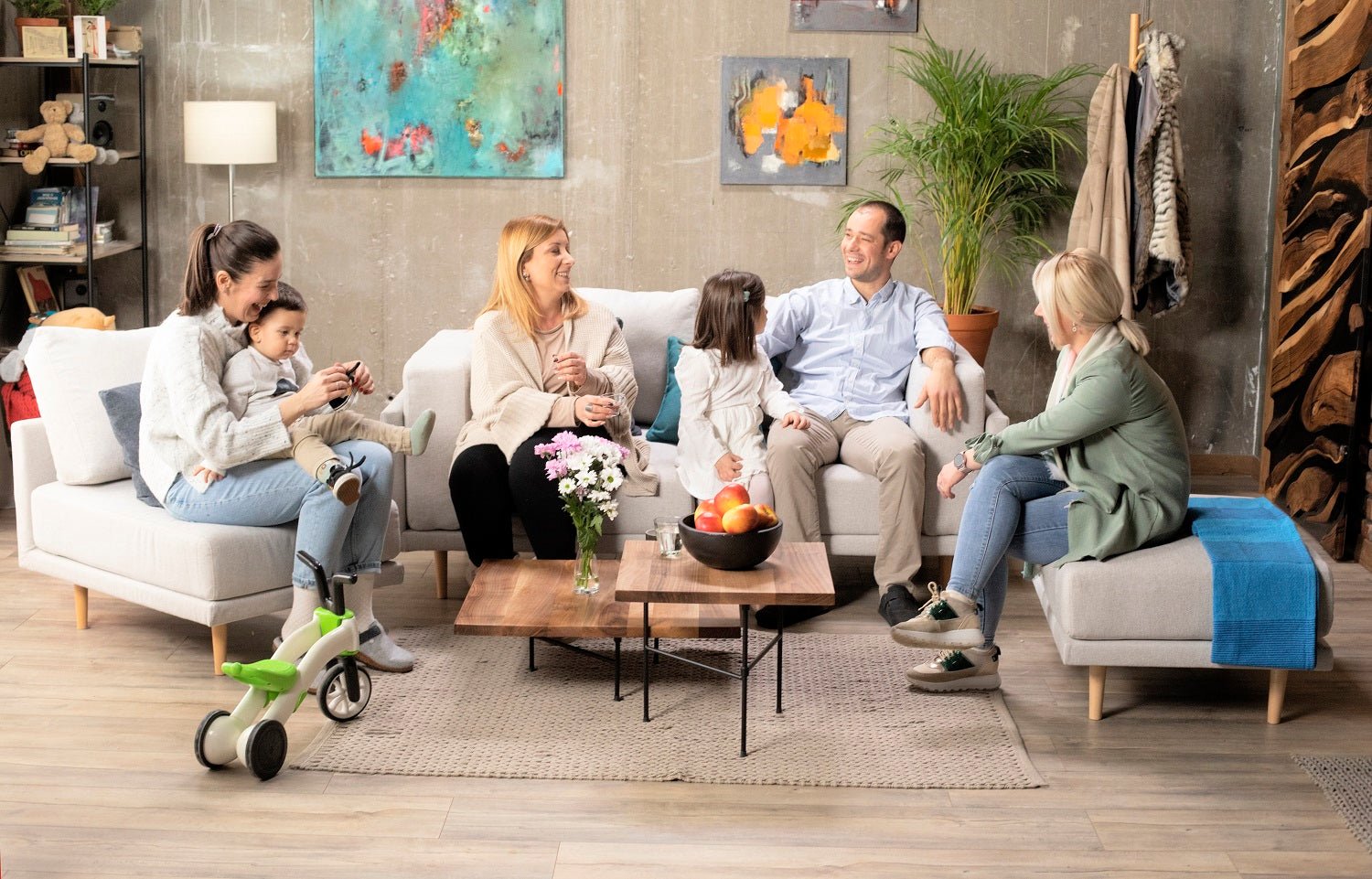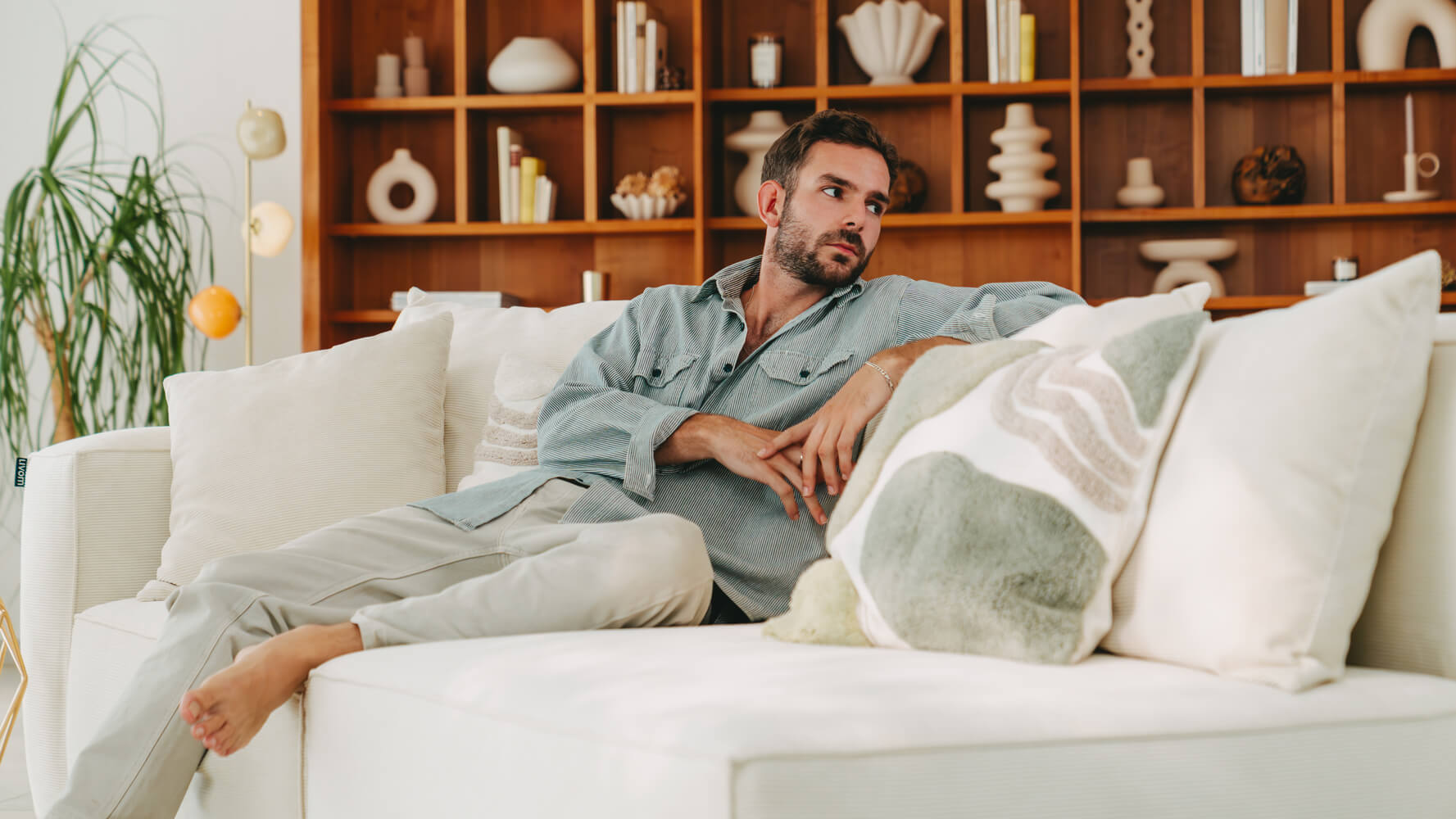When it comes to interior design, aesthetics are crucial. An aesthetically pleasing home creates a harmonious and attractive environment where you feel comfortable and inspired. In this article, we'll focus on the 10 best decorating tips to aesthetically decorate your space and create a space that reflects your personality and style.
What is aesthetic design?
Before we delve into the best decorating tips, it's important to understand what aesthetic design means. Aesthetic design is the process of consciously improving the visual appeal and aesthetic value of a room. Aesthetic design encompasses aspects such as colors, textures, shapes, and layouts to create a harmonious and attractive atmosphere.
The importance of aesthetics in the interior
The aesthetic design of your home has a huge impact on your well-being and happiness. An aesthetically pleasing space can help reduce stress and enhance your creativity. It's important to design your space so it reflects your personal taste and style to create a harmonious and inviting home.
Important elements of aesthetic design
To create an aesthetic space, some key elements must be observed:
- Select color palette: Choose a color palette that reflects your personal taste and the mood you want to create in the room. Experiment with different color combinations and consider how colors impact the spatial experience.
- Play with textures: Integrate different textures into your facility to create visual interest. Combine smooth surfaces with rough textures to achieve a high-contrast and attractive look.
- Art as a focus: Use artwork as a focal point in your room. Select pieces that reflect your interests and style and place them in prominent locations to create a real eye-catcher.
- Incorporating natural elements: Bring nature into your room by using natural materials like wood, stone, and plants. These elements give your space an organic and calming atmosphere.
- Striving for minimalism: Reduce clutter and don't overload your space with too many decorative objects. Minimalism is an important aspect of aesthetic design and creates a clean and elegant environment.
- Lighting as a key element: Use lighting to influence the mood of your room. Use different light sources, such as table lamps, floor lamps, and candles, to create a cozy and inviting atmosphere.
- Include personal items: Show your personality by incorporating personal items like photos, souvenirs, or favorite books into your space. These personal touches make your room unique and vibrant.
- Optimize space usage: Use available space efficiently by selecting multifunctional furniture and strategically planning the room. Maximize space utilization to create a functional and aesthetically pleasing space.
- Experiment with patterns and shapes: Play with different patterns and shapes to create visual interest. Combine geometric patterns with organic shapes to achieve a diverse and dynamic look.
- Quality over quantity: Select high-quality furniture and decorative items instead of buying cheap, inferior pieces. Invest in timeless pieces that will last and bring you joy for years to come.
The aesthetic design of a room can also be influenced by the architecture and design of the building. A modern, minimalist home may require a different aesthetic than a traditional, rustic one. It's important to consider existing structures and materials and incorporate them into the aesthetic concept.
Another important consideration in aesthetic design is the room's function. A living room may require a different aesthetic than a bedroom or home office. Think about how you intend to use the room and adjust the aesthetic accordingly.
The 10 best decorative tips for aesthetic furniture
Now that we know the main elements of aesthetic decor, let's dive into the 10 best decorative tips to make your room aesthetic:
Tip 1: Select color palette
Choose a color palette that suits your personal style. Consider the colors of the walls, furniture, and accessories. Combine colors to create a harmonious and balanced atmosphere.
Tip 2: Play with textures
Incorporate different textures into your room to create interest. Use smooth, rough, and soft surfaces to achieve a textural look.
Tip 3: Art as a focus
Select artwork that reflects your personality and style. Hang them in prominent places or place them on a side table to create an eye-catching display.
Tip 4: Including natural elements
Bring nature indoors by using plants and natural materials like wood and stone. These elements give your space an organic and calming atmosphere.
Tip 5: Aim for minimalism
Reduce clutter and don't overload your space with too many decorative items. Instead, create a clean and elegant environment by focusing on the essentials.
Tip 6: Lighting as a key element
Use different light sources to set the mood in your room. Use warm light for a cozy atmosphere and bright light for a vibrant environment.
Tip 7: Include personal items
Incorporate personal items like photos, souvenirs, and favorite books to make your room unique and vibrant. Show your personality and create a warm and inviting atmosphere.
Tip 8: Optimize space usage
Select multifunctional furniture to make the most of the available space. Consider storage options, space-saving furniture, and smart solutions to make your space both functional and aesthetically pleasing.
Tip 9: Experiment with patterns and shapes
Play with different patterns and shapes to create visual interest. Combine geometric patterns with organic shapes to achieve a unique and dynamic look.
Tip 10: Quality over quantity
Invest in high-quality furniture and decorative items instead of buying too many cheap elements. Choose timeless pieces that will last and bring you joy for a long time.
If you want to enhance your space's aesthetics, you should also consider the acoustics. Good room acoustics can significantly enhance the atmosphere. You can achieve this by using carpets, curtains, or wall hangings to absorb sound and reduce reverberation.
Another important aspect of aesthetic design is choosing the right furniture. Make sure the furniture is not only aesthetically pleasing but also functional and comfortable. Remember, you want to use your space and feel comfortable in it.
Common mistakes in aesthetic furniture
When setting up aesthetics there are also some common mistakes that should be avoided:
Too much decoration
Don't overload your space with too many decorative objects. Less is often more, and excessive decoration can become cluttered and make the overall look cluttered.
Missing color harmony
Make sure the colors in your room blend harmoniously. A poorly selected color palette can lead to visual chaos and affect the overall aesthetic.
Inappropriate furniture
Choose furniture that is both aesthetic and functional. Inappropriate furniture can make the room look clumsy and awkward.
By following these decorating tips and avoiding common mistakes, you can aesthetically enhance your home and create a space that reflects your personality and style. Invest the time and effort in designing your room to create a harmonious and attractive environment where you feel comfortable and inspired.
Another important aspect of aesthetic design is lighting. The right lighting can significantly influence the mood and ambiance of a room. Combine different light sources such as ceiling lights, floor lamps, and candles to create a cozy and inviting atmosphere.
Furthermore, you should pay attention to quality when choosing textiles such as curtains, rugs, and cushions. High-quality fabrics and materials give your space a luxurious and attractive look. Make sure the textiles fit your overall design and complement the furniture harmoniously.





